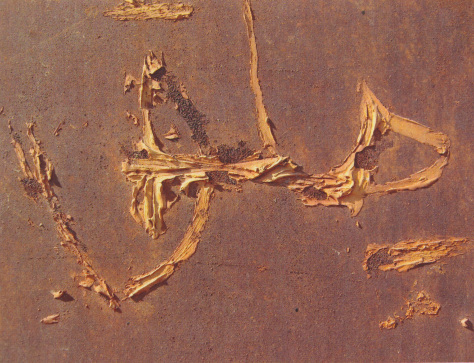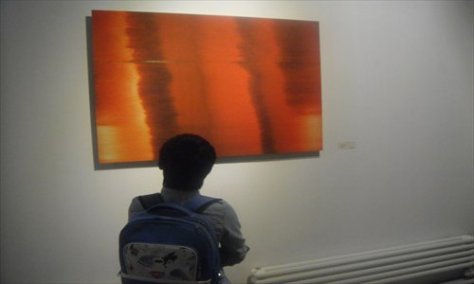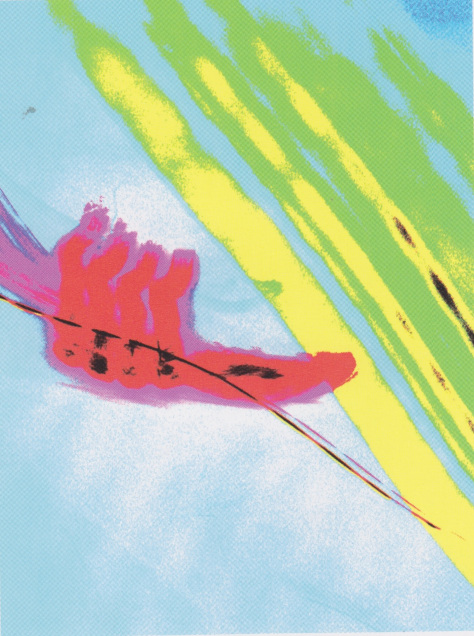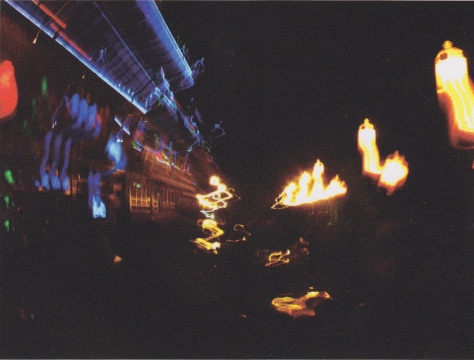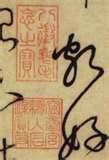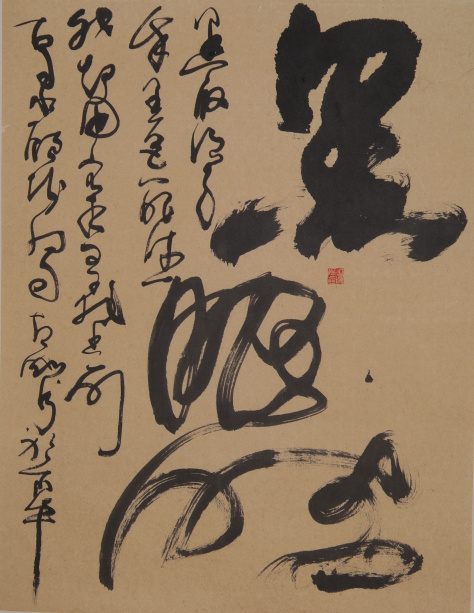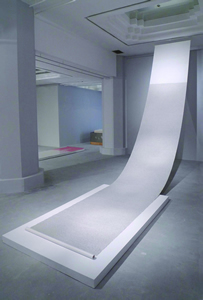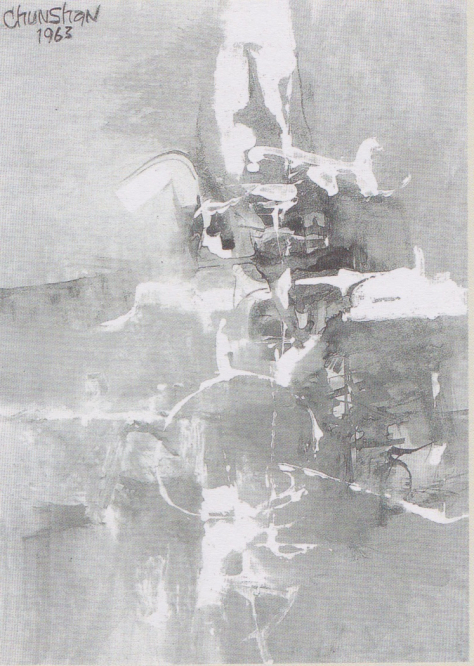The title of this blog is China Avant-garde, and I rarely have occasion to return to the question of what that means. It was selected as something provocative, and I trust many, critics and lay-persons (myself) alike, would have questions concerning which ‘garde’ Chinese art could in any way be considered ‘avant’. My concern from the outset has also been with the ‘where’ more than the ‘when’ of the cutting edge, and set within a global frame, the presence of Chinese experimentalism, such that the experiment ceases to be “Chinese” at all, is a clear fact, but not of course clear that once the dust clears there will be a consensus that ex nihilo maneuvers of any given artist or even group of artists in China gave rise to something which could be located at the forefront of what comes next for people outside of the Chinese fold.
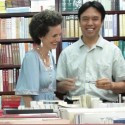
I have in mind two instances signaling the legitimacy of Chinese claims–not that any have been made necessarily–to leadership in the arena of global art. The first is the Arts Journal blog “The Great Flourishing,” created by SHEILA MELVIN & JINDONG CAI, a couple with a considerable amount of expertise in contemporary Chinese arts, particularly music. The position of the bloggers, and significance of the word “flourishing,” is the immanent (in progress) rise of cultural China to the global fore, something which will accompany China’s rise as economic and other power.

(image courtesy of jusdeananas)
The second instance is Gao Minglu’s (still relatively recent) publication: Total Modernity and the Avant-Garde in Twentieth-Century Chinese Art (MIT: 2011) wherein one finds an exhaustive exploration of what this term means in Chinese context. Gao’s work is a rare combination of lucid and exhaustive, a result of his having been both “there” in this historical-spatial sense (1989 China Avant-garde exhibition held in Beijing was curated by him), and diligent enough to have kept hard at work in the years since on documenting, commenting, curating, and in short thinking carefully about contemporary Chinese art.
It is this notion of representation’s relationship to ‘truth’ that has set the foundation for realism and conceptual art as well as abstract art, three vital domains in Western modern art. Therefore, modernism, postmodernism, the contemporary avant-garde, the historical avant-garde, and the neo-avant-garde, all these categories of Western art are, in fact, in pursuit of a real, authentic, original representation of the truth, either from the outside world or from inner thoughts, even though they may claim a deconstructive approach against conventional visual representation. It is just another extreme gesture in the pursuit of mimicry of truth. (354)
The problem, Gao goes on to explain clearly, is that China’s aesthetic tradition was never concerned with “truth” zhen 真. Instead, the Chinese tradition, in Gao’s terminology, demonstrates continued respect for yi 意, or “something that comes from your mind.” This is a conceptually powerful line of distinction, particularly as we look forward to developments in Chinese art. When the agent of art, the artist, is always in balance (or tension) with her context, be it external environmental, internal mental, combined physical/material or what not, the conglomeration of factors is never mistaken for re-presented reality, just one person’s yi. Full (or fuller) appreciation of this fact renders certain tried and true dichotomies common in the West, from truth/fiction, reality/fantasy to art versus politics unsatisfying as frames for understanding Chinese art, avant-garde or other. On the latter point there is assuredly no better example of this recently than the Mo Yan Nobel prize controversy. The Flourishing blog dispatches with this problem (or thought they did, way back on 11 October) thusly:
Mo has been criticized within China for being too close to the establishment; he is a recipient of the 2011 Mao Dun Literary Award and some interpret his writing as praising authoritarianism. China’s Weibo is already alive with criticism of the choice – as would be the case no matter who won. It seems fairer to say that Mo walks a fine line, does his best to stay true to himself as a writer, and, perhaps wisely, avoids the punditry circuit. Indeed, his self-chosen name means “doesn’t speak.”
Yet, the questions and accusations (CCP propagandist) continue in numerous venues around the world. Too bad, too, as the Chinese artists (Mo Yan among them) deserve better than this.
